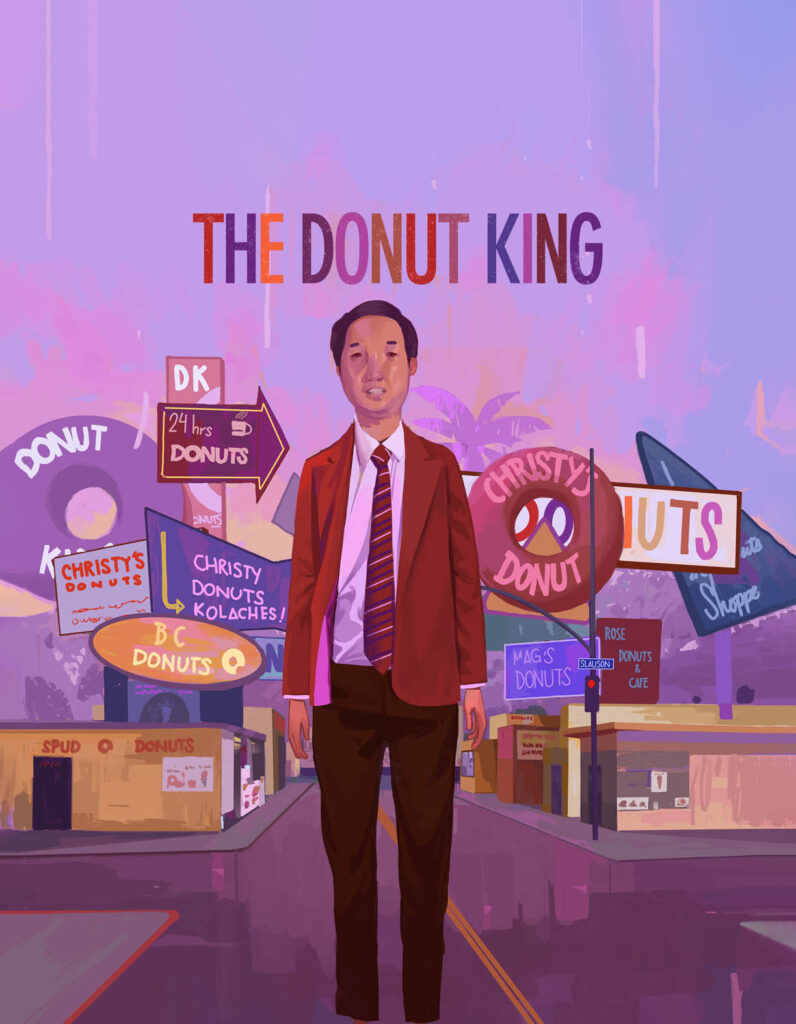Just a reminder that there’s one more week of the celebration-filled Asian American and Pacific Islander (AAPI) Heritage Month! The term Asian-Pacific encompasses all of the Asian continent and the Pacific islands of Melanesia (New Guinea, New Caledonia, Vanuatu, Fiji, and the Solomon Islands), Micronesia (Marianas, Guam, Wake Island, Palau, Marshall Islands, Kiribati, Nauru, and the Federated States of Micronesia) and Polynesia (New Zealand, Hawaiian Islands, Rotuma, Midway Islands, Samoa, American Samoa, Tonga, Tuvalu, Cook Islands, French Polynesia, and Easter Island). From helping build the first transcontinental railroad to protecting the nation during times of war, Asian Americans and Pacific Islanders have played significant roles in shaping and enriching America’s history!
Every year, this is an opportunity to listen and learn about the diversity within AAPI communities as well as how deep the connections are to all facets of American history. Learn more about how AAPIs have enriched America’s history, by visiting some online resources.
Our own state of Hawaii is part of the Asian-Pacific culture. A lu’au is a traditional Hawaiian feast and a celebration that brings together an entire family and community. The lu’au is a contemporary expression of a traditional Hawaiian feast set with food cooked in an earthen pit oven, covered with hot rocks and leaves; food can include fish, pork, and coconut dishes.
Lei, which are garlands, are made and given for occasions like marriages, birthdays, and lu’aus. Colorful flowers and greenery are braided, twisted, wrapped, or strung together to create lei for the neck, head, wrists, and ankles. Take construction paper and/or tissue paper and twine to make your own lei. Have a lu’au and wear them, or give them to friends.
Another interesting fact! The lunar calendar is based on phases of the moon (unlike the calendars we typically see at home and in the classroom that are based on the earth’s rotation around the sun) Observed by people of Chinese, Korean, Vietnamese, Tibetan, and Mongolian heritage, the Lunar New Year is a time of modern festivity and ancient tradition.
Reading books related to the Asian American experience is a great way to understand and develop a multicultural appreciation in students — the Smithsonian’s Asian Pacific American Center has a list of books to start with!

We highly recommend tuning into the documentary ‘The Donut King’ – an immigrant story with a (glazed) twist, it follows the journey of Cambodian refugee Ted Ngoy, who arrived in California in the 1970s and, through a mixture of diligence and luck, built a multi-million dollar donut empire up and down the West Coast.
A story of immigration, assimilation, prejudice, and who gets access to the American Dream—and what happens when you achieve it—The Donut King is also about how the American Dream gets handed down and evolves from one generation to the next: the film includes the current generation of Cambodian donut shop owners and the ways they have been inspired by and diverged from their parents and grandparents before them.
